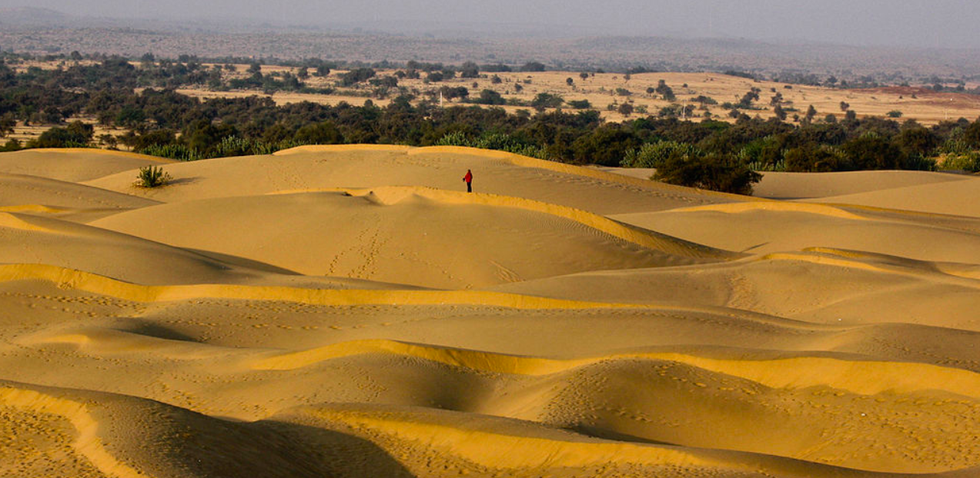
About Thar Desert:
In the ongoing conflict in Ukraine, R...
Scientists at the ICAR-National Burea...
Delegates at 19th Session of the Unit...
Recently, the night sky was lit up by...
A new study urges caution in the deve...
Two baby girls diagnosed with Kawasak...
Neural Processing Units are gaining i...
Panama is on the verge of a dramatic ...
Results from a new clinical trial she...
Scientists studying the sperm whales ...